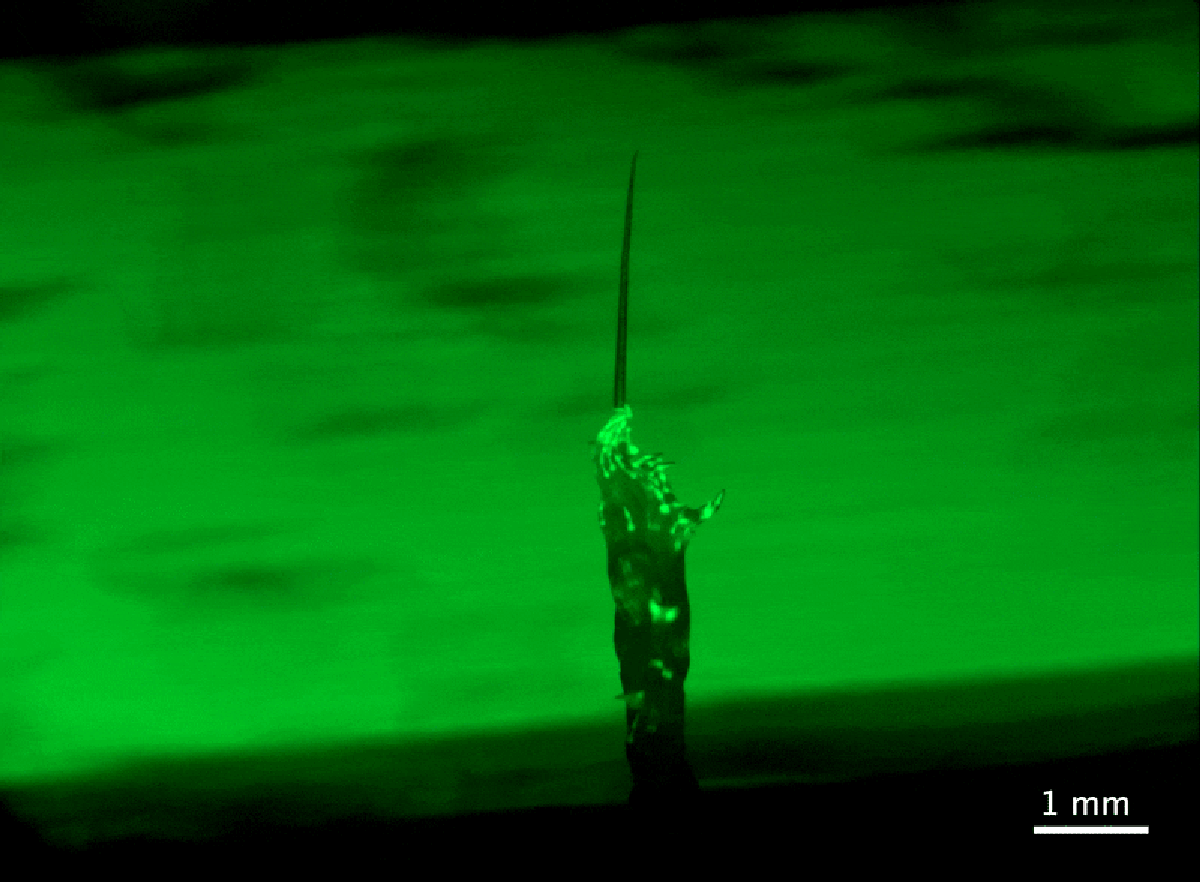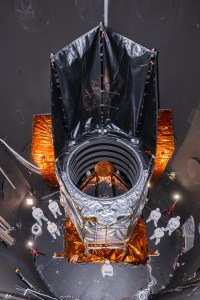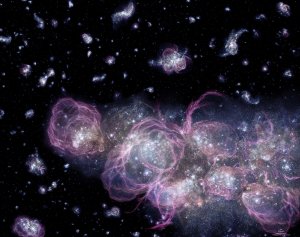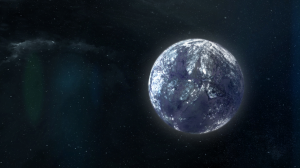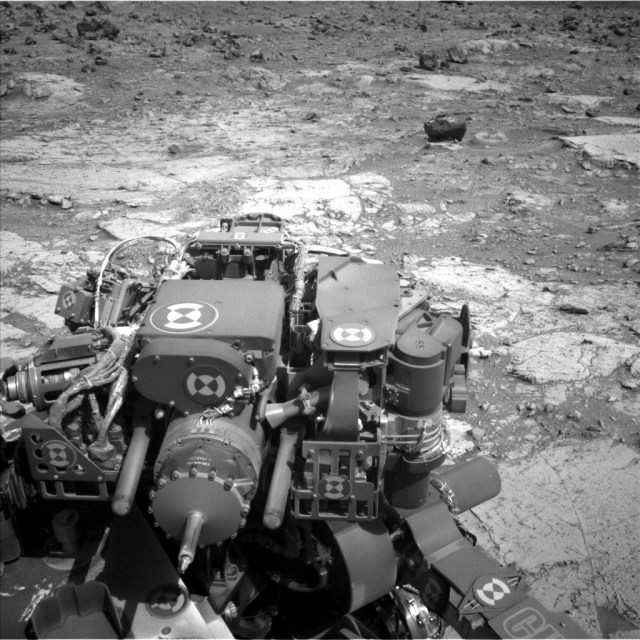Core Components for NASA’s Roman Space Telescope Pass Major Shake Test
The core portion of NASA’s Nancy Grace Roman Space Telescope has successfully completed vibration testing, ensuring it will withstand the extreme shaking experienced during launch. Passing this key milestone brings Roman one step closer to helping answer essential questions about the role of dark energy and other cosmic mysteries. “The test could be considered as […]
The core portion of NASA’s Nancy Grace Roman Space Telescope has successfully completed vibration testing, ensuring it will withstand the extreme shaking experienced during launch. Passing this key milestone brings Roman one step closer to helping answer essential questions about the role of dark energy and other cosmic mysteries.
“The test could be considered as powerful as a pretty severe earthquake, but there are key differences,” said Cory Powell, the Roman lead structural analyst at NASA’s Goddard Space Flight Center in Greenbelt, Maryland. “Unlike an earthquake, we sweep through our frequencies one at a time, starting with very low-level amplitudes and gradually increasing them while we check everything along the way. It’s a very complicated process that takes extraordinary effort to do safely and efficiently.”
The team simulated launch conditions as closely as possible. “We performed the test in a flight-powered configuration and filled the propulsion tanks with approximately 295 gallons of deionized water to simulate the propellent loading on the spacecraft during launch,” said Joel Proebstle, who led this test, at NASA Goddard. This is part of a series of tests that ratchet up to 125 percent of the forces the observatory will experience.
This milestone is the latest in a period of intensive testing for the nearly complete Roman Space Telescope, with many major parts coming together and running through assessments in rapid succession. Roman currently consists of two major assemblies: the inner, core portion (telescope, instrument carrier, two instruments, and spacecraft) and the outer portion (outer barrel assembly, solar array sun shield, and deployable aperture cover).
Now, having completed vibration testing, the core portion will return to the large clean room at Goddard for post-test inspections. They’ll confirm that everything remains properly aligned and the high-gain antenna can deploy. The next major assessment for the core portion will involve additional tests of the electronics, followed by a thermal vacuum test to ensure the system will operate as planned in the harsh space environment.
In the meantime, Goddard technicians are also working on Roman’s outer portion. They installed the test solar array sun shield, and this segment then underwent its own thermal vacuum test, verifying it will control temperatures properly in the vacuum of space. Now, technicians are installing the flight solar panels to this outer part of the observatory.
The team is on track to connect Roman’s two major assemblies in November, resulting in a whole observatory by the end of the year that will then undergo final tests. Roman remains on schedule for launch by May 2027, with the team aiming for as early as fall 2026.
The Nancy Grace Roman Space Telescope is managed at NASA’s Goddard Space Flight Center in Greenbelt, Maryland, with participation by NASA’s Jet Propulsion Laboratory in Southern California; Caltech/IPAC in Pasadena, California; the Space Telescope Science Institute in Baltimore; and a science team comprising scientists from various research institutions. The primary industrial partners are BAE Systems Inc. in Boulder, Colorado; L3Harris Technologies in Rochester, New York; and Teledyne Scientific & Imaging in Thousand Oaks, California.
By Ashley Balzer
NASA’s Goddard Space Flight Center, Greenbelt, Md.
Share
Details
Related Terms
What's Your Reaction?


















